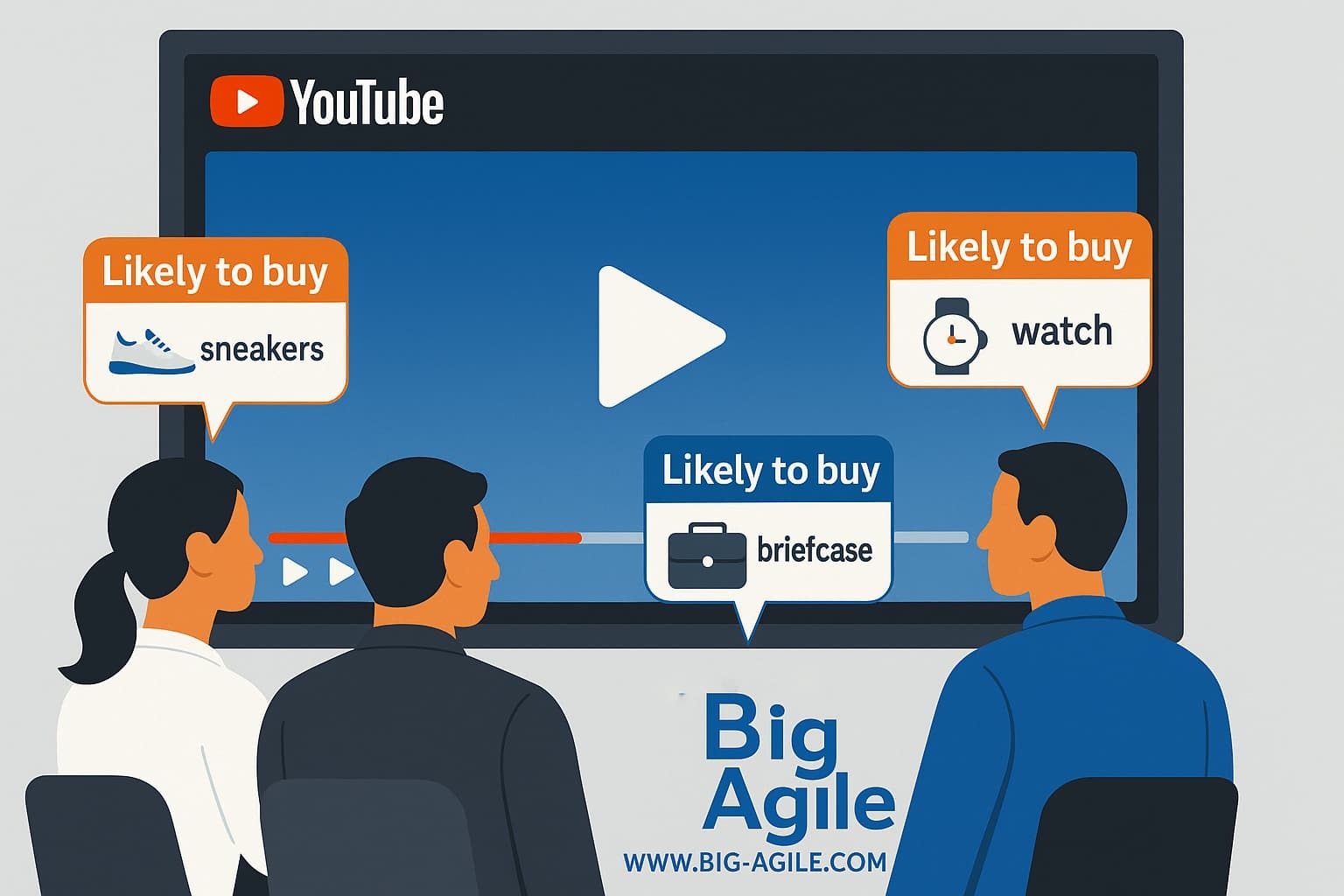
Did you know…
YouTube’s latest AI innovation can detect purchase intent based on your viewing behavior. According to a recent article by Dataconomy, this AI uses real-time signals to understand when users are most likely to convert, enabling advertisers to time their offers more precisely than ever. This move reflects the broader predictive consumer behavior modeling trend through behavioral data and machine learning.
Ok, So What?
In today’s business landscape, where digital ad budgets are scrutinized and customer acquisition costs are rising, the ability to predict buyer intent and act in real-time can provide a serious edge. This isn’t just about advertising—it’s about personalization at the moment of influence. Businesses across industries, not just content platforms, can learn from this AI-driven strategy to rethink how they engage customers before making a decision.
From a business transformation standpoint, this exemplifies the evolution from customer segmentation to customer intention prediction. Instead of reacting to customer behavior, businesses are moving toward anticipating needs and automating how they respond.
Now What
Here are three ways real companies can act on this concept:
Predictive Lead Scoring in Sales
B2B companies can apply similar models to identify which prospects are most likely to buy—based on website behavior, email engagement, and CRM activity—then trigger personalized outreach or discounts just-in-time.Real-Time Offers in Retail
E-commerce platforms can monitor browsing behaviors (dwell time, repeat views, video watch behavior) to infer high buying intent and trigger flash offers or targeted messages at the right moment.AI-Augmented Product Recommendations
Product teams can use AI to dynamically adapt UI/UX elements or recommendations based on predicted intent—not just demographics or prior purchases—providing more relevant, timely suggestions to increase conversions.
Questions to think about
Are we still designing journeys for customers based on who they are, or are we evolving to adapt to what they are about to do?
How are we currently identifying moments of high intent in our customer journey?
What data do we already collect that could train an intent detection model?
Could our marketing and product experiences become more like “nudge engines,” adjusting in real-time based on AI-driven predictions?